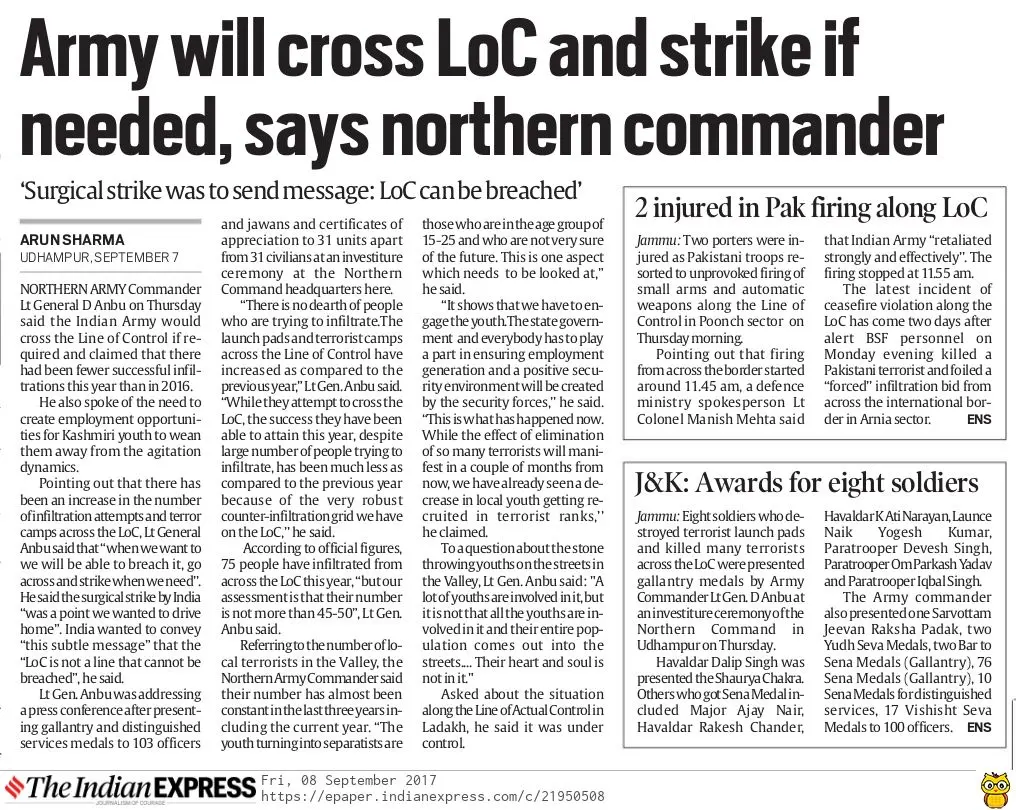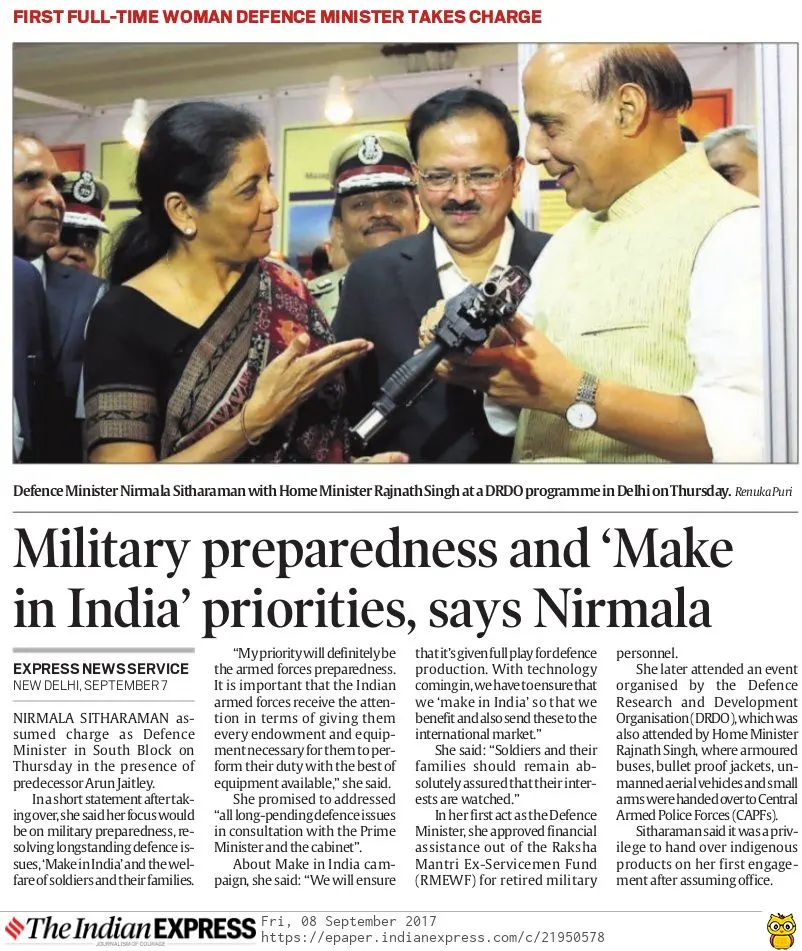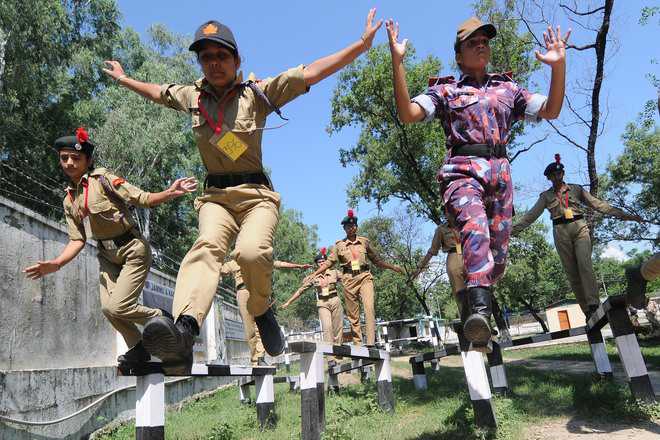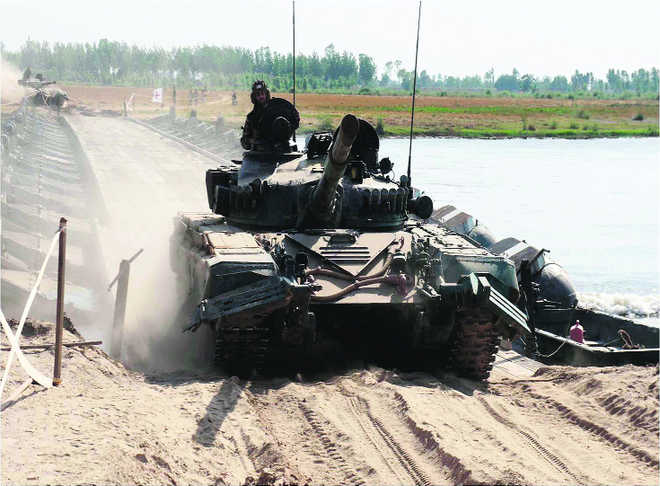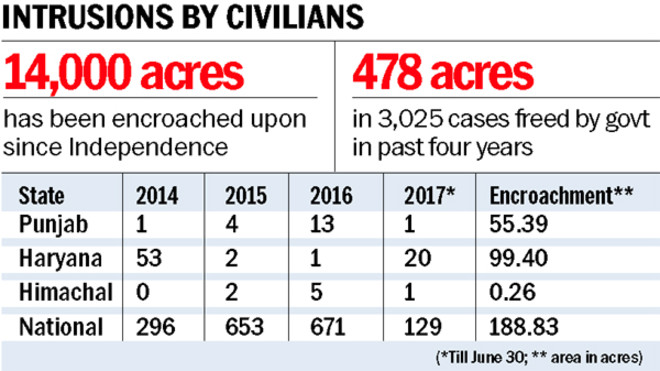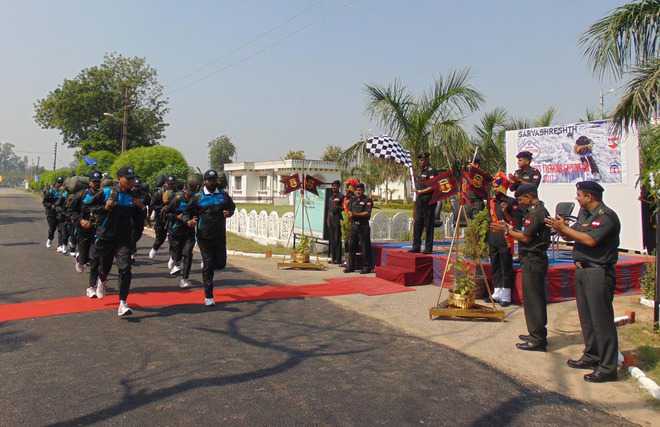
Brig Sandeep Vohra, Commander, Kharga Sappers, flags off a trekking expedition at Ambala Cantonment on Wednesday. Tribune photo
Ambala, September 20
To commemorate the 53rd Raising Day of the Sarvashresth Engineers Regiment, a trekking expedition was flagged off from Ambala Cantonment here today.Brig Sandeep Vohra, Commander, Kharga Sappers, who flagged off the event, said, “To infuse the sense of adventure among troops and encourage junior leadership, esprit de corps and camaraderie among all ranks, the regiment is undertaking an expedition. It will cover a total distance of 151 km from Ambala to Sangla and back via Dehradun–Dhaula–Rupin Pass–Chitkul–Shimla-Chandigarh within 25 days.”The team, comprising 12 members, will cross over Rupin Pass at a height of over 15,000 ft. The expedition members will interact with ex-servicemen as well as college/school students and organise lectures and talks with youth to educate and motivate them to join armed forces. — TNS




















































